
Starting June 1st, 2023 Our warehouse fee will be $0.65/cubic foot per month
In effort to lower the warehouse storage fee during inflation, we have went narrow aisle racking.This construction took us four months but the project is finally completed. With narrow aisle racking, we are able to drop storage by 24%.We as partners will go through this inflation together.
10/30/2023
What is the main difference between FCL and LCL shipments? Which cargo storage option should you choose that suits your needs and the status of your goods? To help you understand the definitions, benefits, and clear direction of these options, Worldcraft Logistics will provide a comprehensive overview in the following article.
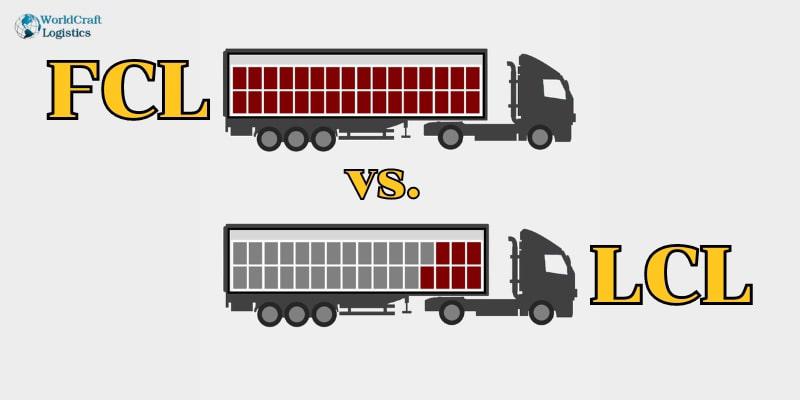
What is FCL and LCL mean? An FCL/LCL contract, often referred to as "pier/house" in the realm of ocean freight shipping, entails the consolidation of packages into a container for subsequent delivery to multiple recipients upon arrival at the destination port. The FCL/LCL contract makes use of two distinct containerization methods:
In addition to the FCL/LCL approach, there are alternative shipping arrangements:
You have the option to provide specific instructions to the shipper regarding the loading of your container, or alternatively, you can take charge of the cargo loading process yourself.
Once the container is loaded, it is transported to the port and subsequently loaded onto a cargo vessel. Shipping companies typically operate with scheduled departures from and to major ports worldwide, ensuring a well-organized logistics network.
Upon reaching its destination port, the container is carefully unloaded, and your goods are then delivered to the designated consignee. Full container transports are often integrated into an intermodal system, which involves the use of multiple transportation modes in the supply chain journey, spanning from the point of origin to the final destination. This may encompass various methods, including the use of trucks, trains, and, when required, even aircraft to expedite the shipping process.
The advantages of opting for FCL (Full Container Load) cargo are multifold. First and foremost, it minimizes the risk of damage or loss during transit. Additionally, FCL shipments tend to have a faster transit time due to the shipping lines' ability to offer complete control and oversight of the entire shipment process, ensuring efficiency and reliability.
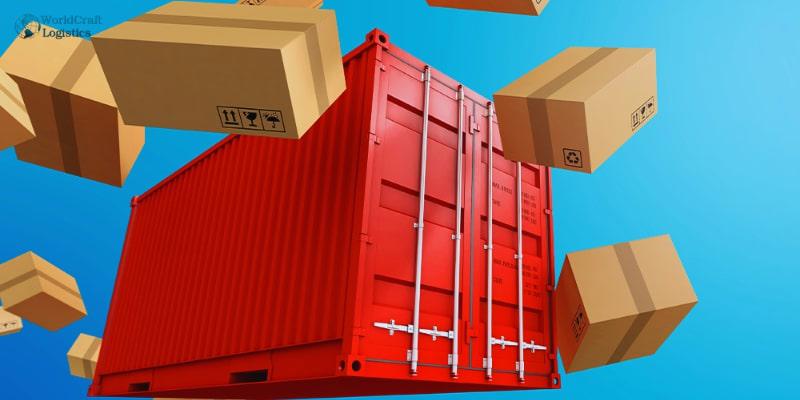
LCL (Less than Container Load) serves as a versatile and cost-effective option for transporting smaller shipments that aren't time-critical between major ports worldwide. This adaptable shipping method caters to a wide range of cargo sizes, from small parcels to more substantial consignments. The primary advantage of LCL is its ability to set your goods in motion as soon as they're ready, eliminating the need to wait until you've accumulated enough cargo to fill an entire container.
It's crucial to note, however, that with LCL shipments, you won't have control over the other types of cargo sharing the container with your goods. This shared space can sometimes lead to unexpected delays, as the container is utilized by multiple parties, and the scheduling of shipments can vary.
To mitigate these uncertainties, many shipping companies offer fixed departure schedules with guaranteed cargo space on key routes. This ensures that your cargo will be transported on specified dates, enhancing predictability and reliability for your shipments. These services are particularly valuable when time sensitivity is a concern or when you want more control over your cargo's transit.
The key distinction between FCL and LCL lies in the allocation of container space. In an LCL arrangement, the buyer shares container space, while in an FCL agreement, the buyer rents the entire container. To assist you in comprehending and making informed choices between these options, we've prepared a table that serves as a valuable resource for determining the shipping method that best aligns with your requirements.
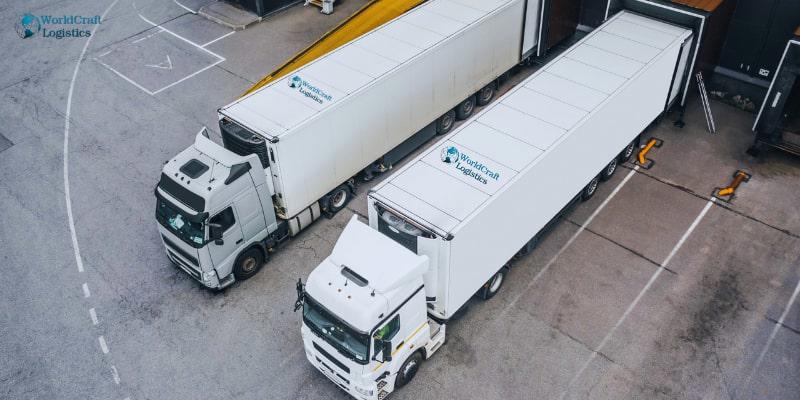
When selecting an ocean freight arrangement, a shipper should take into account a number of factors. When selecting whether to employ FCL or LCL, factors other than cargo volume must be taken into account. We've compiled the table below to help you make decisions and to better understand how FCL and LCL shipments work.
The most typical container sizes for FCL shipments are listed below, along with an estimate of their capacity:
The maximum gross permissible cargo weight in the US varies by state; the safe payload weight per container is listed below:
The shipper is required to transfer the remaining cargo to a different container after the maximum weight has been reached.
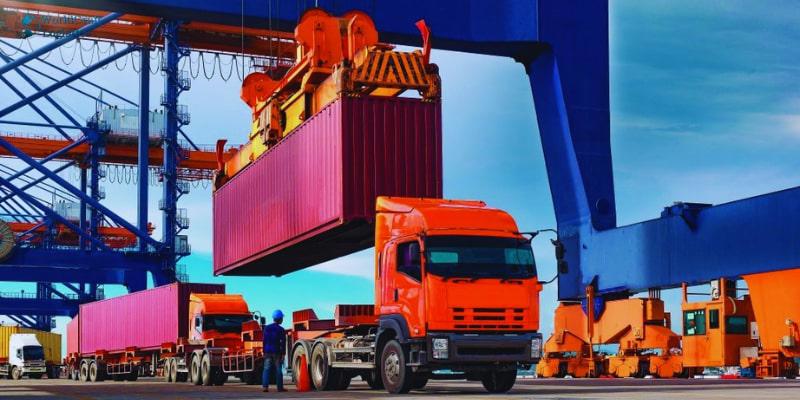
FCL: Cost-effectiveness in FCL shipments typically occurs with cargo volumes of approximately 15 CBM. There isn't a specific volume threshold at which FCL becomes less expensive, as rates vary according to the shipping route. The cost per CBM of container space (obtained by dividing the maximum load capacity by the container's ocean freight cost) isn't always lower than LCL. Nevertheless, the overall cost for a full container load can be more economical because FCL comes with fixed local charges per container.
LCL: Smaller loads, usually below 15 CBM, tend to be more budget-friendly when shipped via LCL. For loads exceeding 15 CBM, the overall cost may rise depending on the chosen route. Furthermore, LCL often incurs higher local fees compared to FCL. If your shipment falls within roughly 2 CBM of the 15 CBM mark, it's advisable to explore the full container load option for potentially better cost-efficiency.
FCL: Typically, FCL shipments enjoy a shorter total transit time than LCL because containers are unloaded from the vessel and delivered directly to the final destination.
LCL: In contrast, LCL shipments may require a minimum of four days or more for the total transit time compared to FCL. This extended duration is due to the additional time needed for unloading, sorting, and deconsolidation. Furthermore, if customs selects any single consignment within the same container for inspection, the entire container will be subject to customs hold.
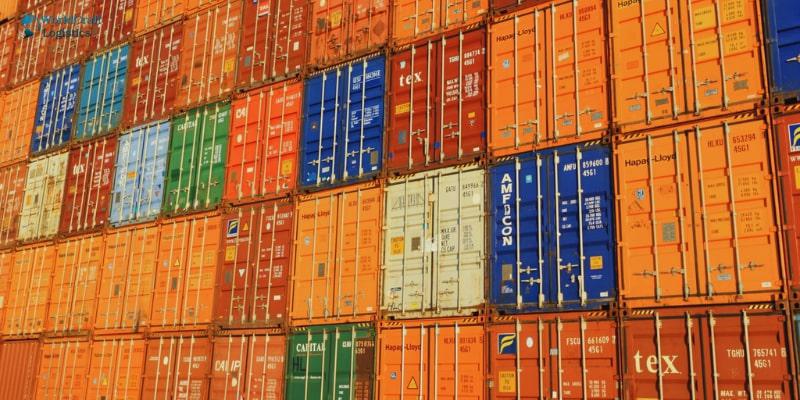
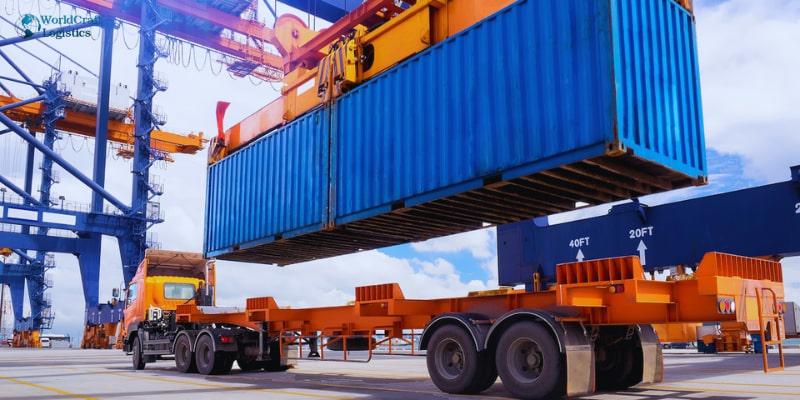
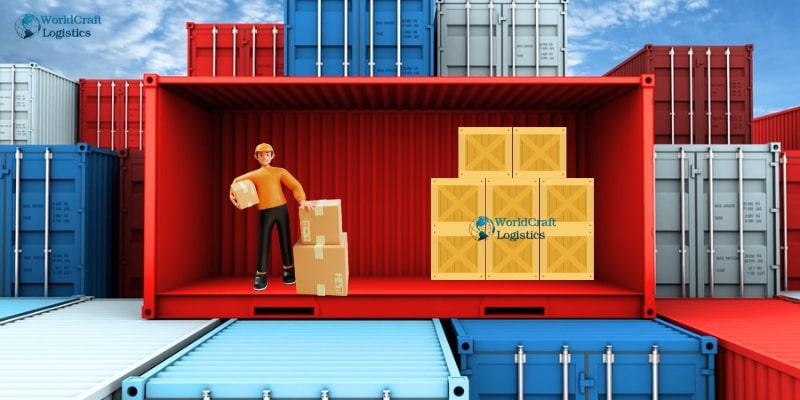
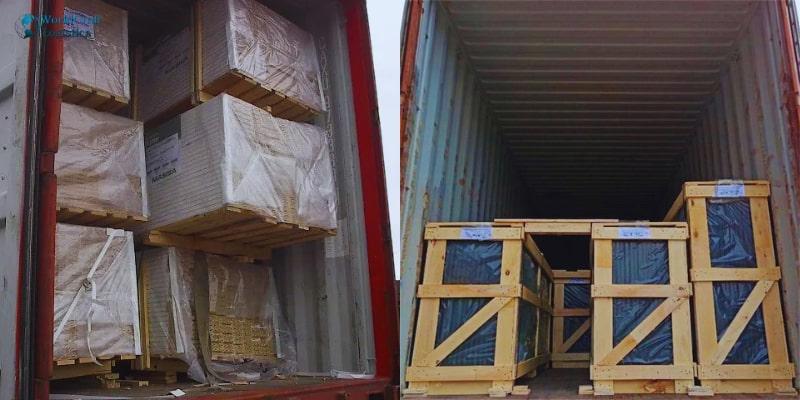
The expenses associated with the customs examination, along with any relevant warehousing and port fees, are distributed among all consignees sharing the container.
Navigating the disparities between FCL and LCL shipping can be quite daunting for buyers. The common query that often arises is which of these methods is more cost-effective. Unfortunately, there is no straightforward response to this question, as several variables come into play. The primary factors to consider include shipment volume, the chosen route, the timeline, and associated costs.
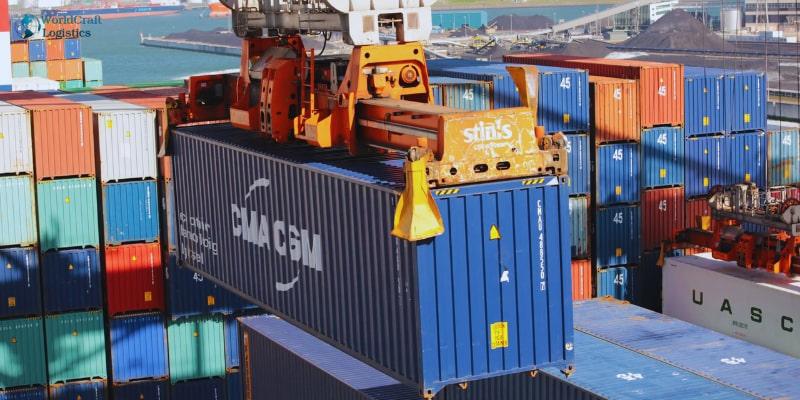
While LCL offers the advantage of accommodating smaller shipment volumes, the overall freight expenses, encompassing local charges, tend to be higher on a per cubic meter (CBM) basis when compared to FCL. Therefore, it is advisable to regularly compare LCL and FCL pricing, particularly when the CBM reaches a significant threshold. As a general guideline, if your shipment approaches approximately 15 CBM, it's prudent to consult your freight forwarding company for rates on both LCL and FCL, and meticulously assess the freight costs, transit times, and any potential ancillary charges that might arise throughout the logistics process. Possessing a fundamental understanding of shipping principles and relying on a dependable freight forwarder can prove highly advantageous for buyers when it comes to selecting the most suitable method for shipping their products.
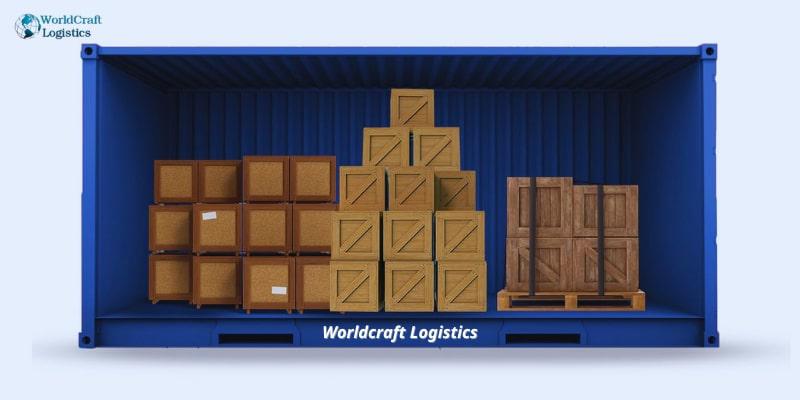
The terms FCL (Full Container Load) and LCL (Less than Container Load) are commonly employed not only in maritime shipping but also in trucking, rail transport, and air freight. For instance, in trucking, forwarders utilize comparable terms such as FTL, which stands for 'Full Truckload,' or LTL, signifying 'Less Than Truckload.'
To thrive in today's dynamic market, shippers can reap significant advantages. To enhance their understanding of supply chain management and operations, they can delve into the latest industry trends and hot topics by exploring the following articles:
In conclusion, whether you're a seasoned shipper or new to the field, the choice between Full Container Load (FCL) and Less than Container Load (LCL) can have a significant impact on your supply chain and operational efficiency. By weighing factors like shipment volume, costs, timelines, and your specific needs, you can make informed decisions that benefit your business. This article of Worldcraft Logistics recognizing that these terms are not limited to sea transport but extend to other modes of transportation like trucking, rail, and air freight, allows you to adapt your strategy across various logistics scenarios.
SEO
Digital Marketing/SEO Specialist
Simon Mang is an SEO and Digital Marketing expert at Wordcraft Logistics. With many years of experience in the field of digital marketing, he has shaped and built strategies to effectively promote Wordcraft Logistics' online presence. With a deep understanding of the logistics industry, I have shared more than 500 specialized articles on many different topics.

Education
01/05/2025

Education
02/18/2025

Education
01/01/2024

Education
08/28/2024

Education
11/13/2023